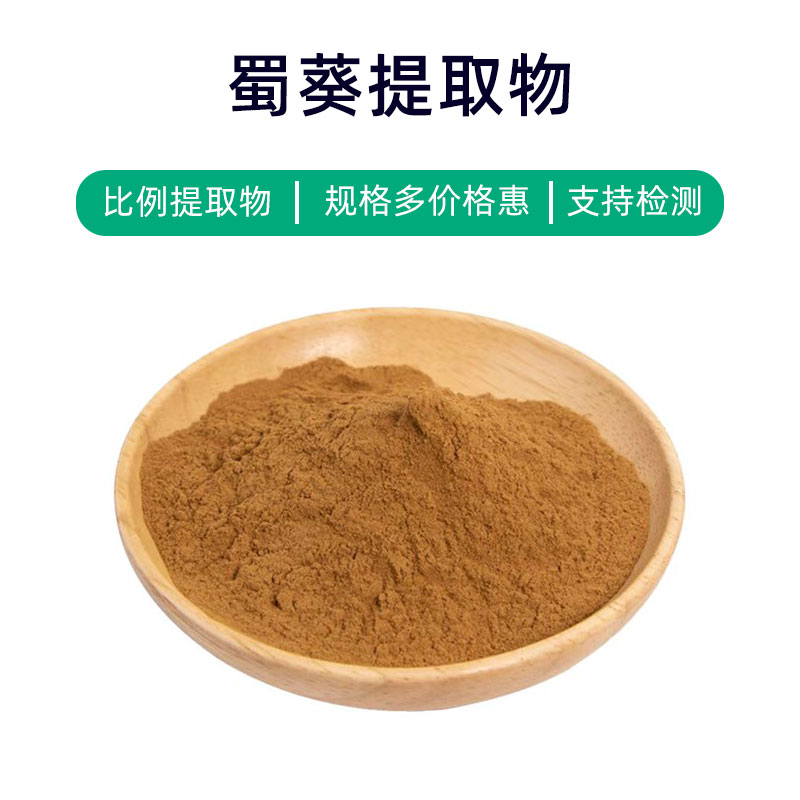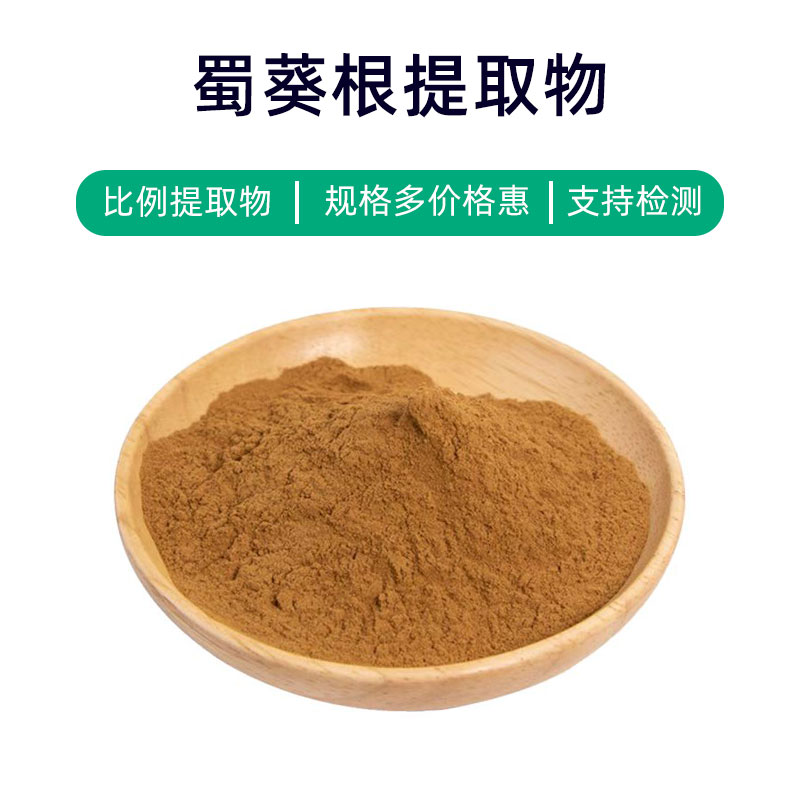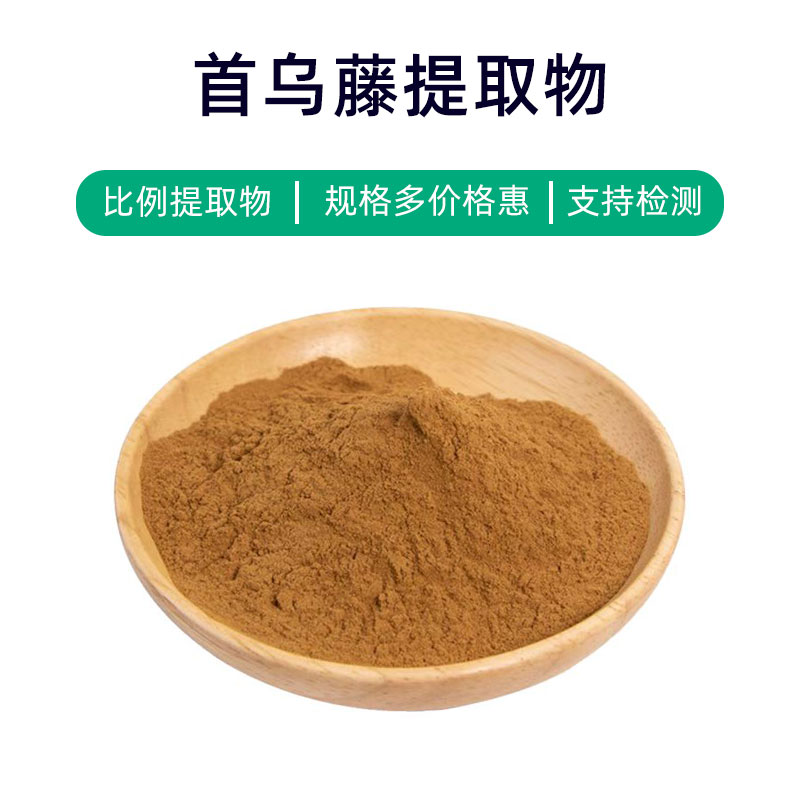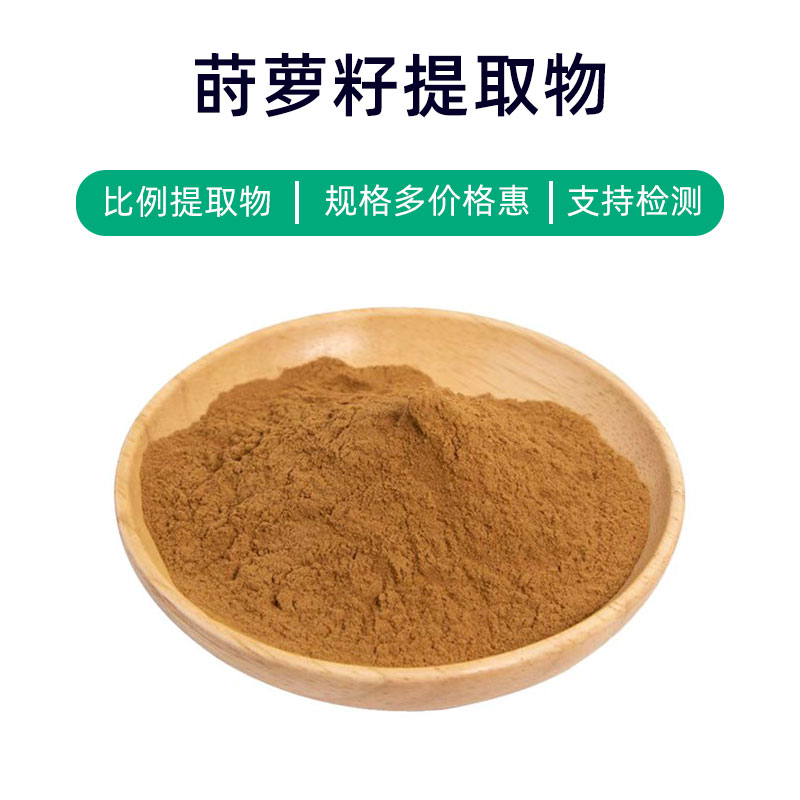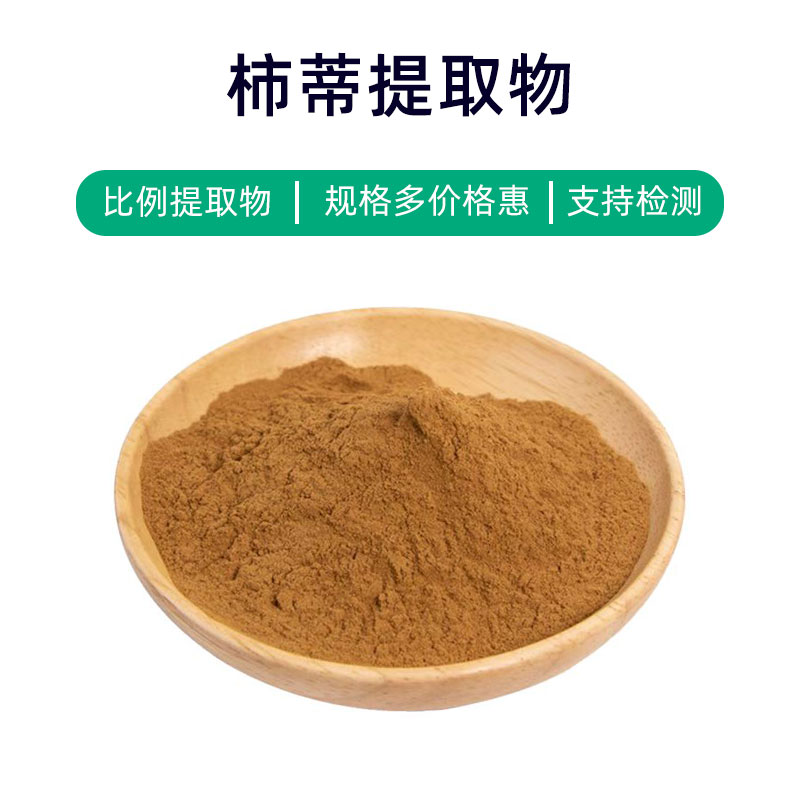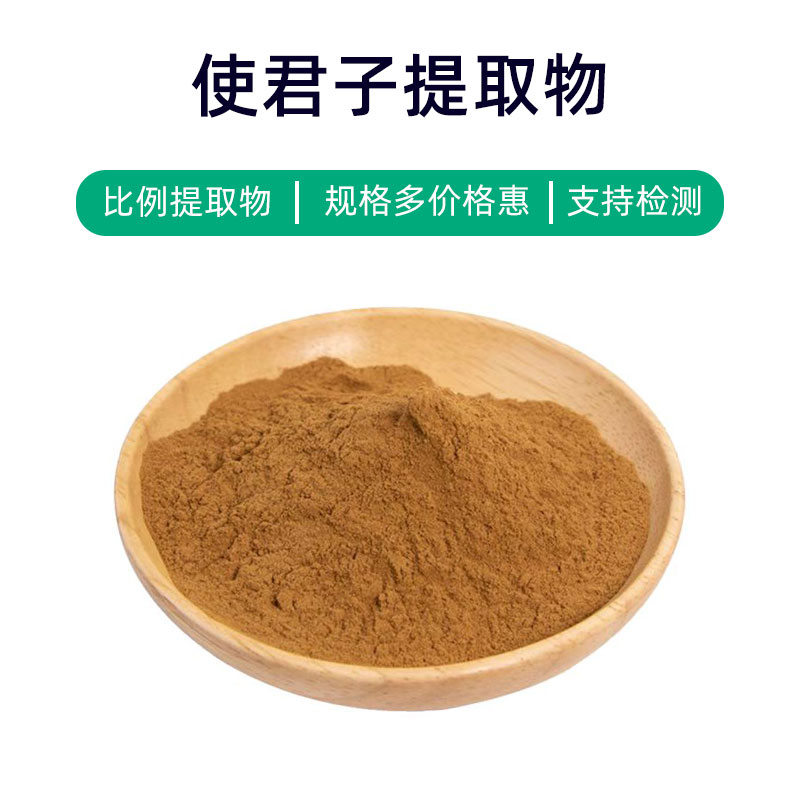Introduction to Artemisia Annua Extract
Artemisia annua extract is a natural medicinal compound derived from the Artemisia annua plant. Its main active ingredient is artemisinin, along with other secondary metabolites such as terpenes and flavonoids. Artemisinin is renowned for its effectiveness against malaria and is extensively used in malaria treatment. Additionally, Artemisia annua extract exhibits various pharmacological effects including anti-inflammatory and anti-tumor properties.
In the medical field, Artemisia annua extract is broadly applied in the preparation of anti-malaria medications, particularly demonstrating efficacy in treating multi-drug resistant malaria. Research also explores artemisinin and its derivatives for treating other diseases, such as cancer and inflammatory conditions. Furthermore, it is frequently included in health supplements to enhance immunity and provide antioxidant benefits. In cosmetics, Artemisia annua extract is used in skincare products for its soothing and antioxidant effects.
In summary, Artemisia annua extract, as a natural medicinal ingredient, possesses various pharmacological benefits and holds significant application prospects in medicine, health supplements, and cosmetics.
Production Process of Artemisia Annua Extract
The production process of Artemisia annua extract typically includes the following steps:
- Raw Material Preparation: Fresh Artemisia annua plants are selected as raw materials to ensure quality and comprehensive extraction of active ingredients. Harvesting usually occurs during the flowering period to maximize the concentration of active components.
- Grinding and Crushing: The harvested Artemisia annua is cleaned and ground or crushed to enhance extraction efficiency and surface area.
- Solvent Extraction: The ground Artemisia annua is soaked in an appropriate solvent (such as ethanol or acetone) to extract artemisinin and other active compounds. Extraction can be performed using cold or hot methods, with time and temperature having a significant impact on efficiency.
- Concentration of Extract: The obtained extract is concentrated, typically using low-temperature or vacuum concentration methods to remove excess solvent and produce a concentrated extract.
- Purification Treatment: The concentrated extract undergoes purification to remove impurities and unwanted components, thereby increasing the purity of active ingredients like artemisinin.
- Drying of Final Product: The purified extract is dried to eliminate residual solvents and convert it into a powder or granulated form.
- Packaging and Storage: The dried extract is packaged and managed for storage, usually in sealed containers to prevent moisture and oxidation, ensuring product stability and longevity.
- Quality Control: Quality control measures are implemented throughout production, including inspections and analyses of raw materials, intermediates, and finished products to ensure compliance with quality and safety standards.
This outlines the common production processes for Artemisia annua extract, where each step demands strict controls and management to ensure product quality and safety.
Efficacy and Side Effects of Artemisia Annua Extract
Artemisia annua extract is a natural medicinal substance derived from the Artemisia annua plant, and its main active ingredient is artemisinin. Artemisinin is widely used in the medical field, particularly for malaria treatment, due to its significant effectiveness. Here are the primary benefits and effects of Artemisia annua extract:
- Anti-Malarial Effect: Artemisinin is an effective antimalarial drug, especially effective against adult and late-stage malaria parasites. It rapidly reduces parasite loads, alleviates symptoms in malaria patients, and effectively prevents relapses.
- Anti-Inflammatory Effect: Artemisinin has certain anti-inflammatory properties, capable of inhibiting the onset and progression of inflammatory responses, thus reducing tissue damage caused by inflammation and providing therapeutic benefits for some inflammatory diseases.
- Antimicrobial Effect: Artemisinin exhibits inhibitive and lethal effects against various bacteria, fungi, and parasites, useful for treating some infectious diseases such as bacterial and fungal infections.
- Antiviral Effect: In vitro experiments indicate artemisinin possesses certain inhibitory effects against various viruses, notably hepatitis B virus and human immunodeficiency virus (HIV).
- Anti-Tumor Effect: Artemisinin has been found to suppress various tumor cells, inhibiting their proliferation and metastasis, thus offering therapeutic effects against certain cancers.
The application of Artemisia annua extract in medicine is widely recognized, holding an important position among antimalarial medications recommended by the World Health Organization. Additionally, artemisinin is being explored for its roles in infection control and cancer treatment. However, prolonged or excessive use of artemisinin may result in adverse reactions such as gastrointestinal discomfort, dizziness, and nausea, necessitating stringent control of dosage and adherence to medical advice.
Applications and Dosage of Artemisia Annua Extract
Artemisia annua extract is a significant herbal extract with artemisinin as its key component, showing a wide range of applications and recommended dosages. Here’s how it is applied in medicine, food, and cosmetics, along with the corresponding dosages:
- Medical Applications:
- Malaria Treatment: Artemisia annua extract is primarily used for treating malaria, especially in cases with high resistance to malaria parasites. Generally administered orally, dosages depend on the patient's age, weight, and severity of the condition; adult dosages typically range from 10-25 mg/kg body weight per day, divided into 2-3 doses, over a treatment course of 3-7 days.
- Food Applications:
- Health Supplements: Artemisinin is thought to possess antioxidant and antimicrobial properties, serving as an additive in health foods. Dosages should be determined per product formulation, with usage guidelines based on product information or medical advice.
- Cosmetics Applications:
- Skincare Formulations: Some skincare product manufacturers use artemisinin for its anti-inflammatory, antibacterial, and soothing properties, applicable for conditions like acne and blemishes. Dosage should align with product formulation, adhering to product instructions or medical guidance.
- Precautions:
- In medical applications, dosage and duration of treatment must follow physician recommendations strictly, avoiding self-adjustment of dosage or prolonged use.
- In food and cosmetic applications, products should be purchased through legitimate channels and used according to the product instructions to avoid overuse or prolonged exposure.
In summary, Artemisia annua extract presents extensive application potential in the medical, food, and cosmetic fields. Users should remain attentive to dosage and usage instructions for safety and effectiveness.
Introduction to the Source Plant of Artemisia Annua Extract: Distribution and Growth Environment
Artemisia annua, commonly known as sweet wormwood, is a well-known perennial herb belonging to the Asteraceae family. It is native to Asia and primarily distributed in regions including China, India, Southeast Asia, and Africa. Here are detailed insights into the source plant of Artemisia annua extract:
- Plant Characteristics:
- Sweet wormwood is a tall perennial herb, usually reaching heights of 1-2 meters, with a branching stem and narrow leaves that are light green or silver-green in color.
- The flower clusters are composed of small yellow flowers, with bloom periods primarily in summer.
- Distribution Range:
- Artemisia annua is widely distributed across Asia, Africa, and Europe, particularly thriving in countries like China, India, Vietnam, Kenya, and Madagascar.
- Growth Environment:
- Sweet wormwood prefers warm and moist conditions, commonly found in mountainous areas, grasslands, and fields at altitudes below 1,000 meters.
- It has adaptable soil requirements, thriving in various soil types, but performs best in well-drained, organic-rich soils.
- It favors sunny environments but can also grow in semi-shaded areas, demonstrating strong light adaptability.
- Reproduction Methods:
- Artemisia annua mainly reproduces through seeds, which mature and spread via wind or animals, completing its reproductive cycle.
- It can also propagate through rhizomes, where new shoots emerge from the rhizomes in the soil, promoting plant expansion.
- Growth Cycle:
- The plant typically germinates and grows in spring, flowers and bears seeds in summer, enters dormancy in autumn, and can retain some stems and leaves through winter, resuming growth in spring.
In summary, Artemisia annua is a highly adaptable herbaceous plant with a wide growth range, primarily found in regions across Asia, Africa, and Europe, favoring warm and moist climates and soil conditions. It demonstrates diverse reproductive strategies in natural environments, characterized by robust vitality and adaptability.
Processing and Storage of Artemisia Annua Extract
The processing of Artemisia annua extract typically involves the following steps: First, fresh Artemisia annua plants are harvested and go through initial cleaning and handling to remove impurities. Next, extraction is performed, with common methods including water extraction and ethanol extraction. Following this, filtration, concentration, and drying are carried out to obtain the extract. Finally, the extract is packaged and stored, generally in a cool, dry, dark environment to maintain its stability and the effectiveness of its active ingredients. The extract should be sealed promptly to avoid direct sunlight and high temperatures, extending its shelf life.
Monica Sun is a seasoned expert in the plant extraction industry with over a decade of experience in research and production. She specializes in the extraction and purification of plant active ingredients, focusing on driving innovation in natural product applications. Monica has participated in the development of multiple functional plant extracts, delivering high-value natural raw material solutions for the health food, pharmaceutical, and dietary supplement sectors.









